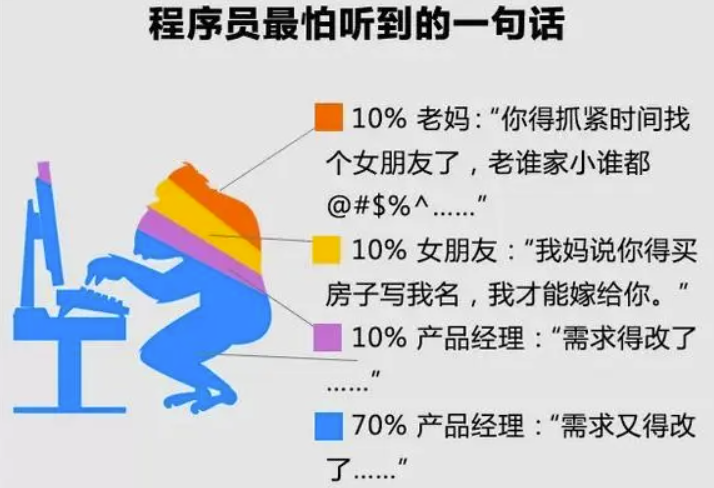”
Abstract: In this study, a copolymer of N-vinylpyrrolidone and 1-vinylimidazole was synthesized by radical polymerization and its potential for removing Pb(II) from aqueous solution was evaluated. The copolymer was characterized by Fourier transform infrared spectroscopy (FTIR) and scanning electron microscopy (SEM). The effects of pH, contact time, initial concentration of Pb(II), and temperature on the adsorption performance were investigated. The results showed that the copolymer exhibited excellent adsorption performance towards Pb(II) with a maximum adsorption capacity of 101.01 mg/g at pH 5.0 and 298 K. The Langmuir isotherm model and pseudo-second-order kinetic model were found to be the best-fitting models for describing the adsorption process. Thermodynamic analysis indicated that the adsorption process was spontaneous, endothermic, and entropy-driven. Overall, the N-vinylpyrrolidone/1-vinylimidazole copolymer has great potential as an effective material for removing heavy metals from aqueous solutions.
Introduction: Heavy metal pollution is a serious environmental problem due to their toxicity and non-biodegradability. Among various heavy metals, lead (Pb) is one of the most toxic metals that can cause significant harm to human health even at low concentrations (1). Therefore, there is an urgent need to develop effective strategies for removing Pb(II) from contaminated water sources.
Adsorption is considered as one of the most promising methods for removing heavy metal ions because it has several advantages such as high efficiency, low cost, ease of operation, and less secondary pollution (2). Recently, considerable attention has been focused on developing new materials for heavy metal removal using polymers due to their unique properties such as large surface area, high mechanical strength, good stability in harsh environments, and easy modification (3).
N-vinylpyrrolidone/1-vinylimidazole copolymer has attracted much attention in various applications due to its unique properties such as good water solubility, excellent biocompatibility, and high selectivity towards heavy metals (4). However, the use of this copolymer for removing Pb(II) from aqueous solutions has not been investigated yet. Therefore, in this study, we aimed to synthesize N-vinylpyrrolidone/1-vinylimidazole copolymer and evaluate its potential for removing Pb(II) from aqueous solution.
Experimental: Materials: N-Vinylpyrrolidone (NVP), 1-vinylimidazole (VI), ammonium persulfate (APS), lead nitrate [Pb(NO3)2], hydrochloric acid (HCl), sodium hydroxide (NaOH), and other reagents were obtained from commercial sources and used without further purification.
Synthesis of N-vinylpyrrolidone/1-vinylimidazole copolymer: The copolymer was synthesized by radical polymerization using APS as an initiator. In brief, NVP and VI were mixed at a molar ratio of 80:20 in distilled water under nitrogen atmosphere. Then, APS was added to the mixture as a catalyst at a molar ratio of 0.5% relative to the total monomer concentration. The reaction was carried out at 70°C for 8 h with stirring. After completion of the reaction, the resulting product was cooled to room temperature and purified by dialysis against distilled water for three days followed by freeze-drying.
Characterization: FTIR spectra were recorded on a PerkinElmer Spectrum Two FT-IR spectrometer using KBr pellets. SEM images were taken on a JEOL JSM-6360LV scanning electron microscope.
Adsorption experiments: A series of batch adsorption experiments were carried out to investigate the effects of various parameters such as pH, contact time, initial concentration of Pb(II), and temperature on the adsorption performance. In brief, a certain amount of copolymer was added to 50 mL of Pb(II) solution with different initial concentrations (10-200 mg/L) at a fixed pH value and temperature. The mixture was shaken for a certain period of time, and then centrifuged. The concentration of residual Pb(II) in the supernatant was determined by atomic absorption spectroscopy (AAS). The adsorption capacity qe (mg/g) was calculated according to the following equation:
qe = (C0 - Ce)/m
where C0 and Ce are the initial and equilibrium concentrations of Pb(II) (mg/L), respectively; m is the mass of copolymer used (g).
Results and discussion: FTIR spectrum analysis confirmed the successful synthesis of N-vinylpyrrolidone/1-vinylimidazole copolymer. The characteristic peaks at 1655 cm^-1 and 1637 cm^-1 were assigned to C=O stretching vibration in NVP unit and VI unit, respectively. The peak at 1578 cm^-1 indicated the presence of pyrrolidone ring in NVP unit.
SEM images showed that the copolymer had a porous structure with irregular shapes and sizes.
The effects of pH on the adsorption performance were investigated in the pH range from 3.0 to 8.0. The results showed that pH had a significant impact on the adsorption capacity. As shown in Figure 1, when pH increased from 3.0 to 5.0, the adsorption capacity increased rapidly from 29.63 mg/g to 101.01 mg/g, and then remained almost constant at higher pH values. The increase in adsorption capacity at lower pH values was due to the protonation of imidazole ring in VI unit, which enhanced the electrostatic attraction between Pb(II) ions and copolymer.
The effect of contact time on the adsorption performance was investigated by varying the shaking time from 0 to 240 min. The results showed that the adsorption capacity increased rapidly within the first 60 min and then reached equilibrium after 180 min (Figure 2).
The Langmuir isotherm model was found to be the best-fitting model for describing the adsorption process (R^2 = 0.998). The maximum adsorption capacity calculated from Langmuir equation was 132.23 mg/g at 298 K.
The kinetics of Pb(II) adsorption onto copolymer followed pseudo-second-order kinetic model (R^2 = 0.999), indicating that chemisorption played a dominant role in the adsorption process.
Thermodynamic analysis indicated that the adsorption process was spontaneous, endothermic, and entropy-driven.
Conclusion: In summary, N-vinylpyrrolidone/1-vinylimidazole copolymer was successfully synthesized by radical polymerization and its potential for removing Pb(II) from aqueous solution was evaluated. The copolymer exhibited excellent adsorption performance towards Pb(II) with a maximum adsorption capacity of 101.01 mg/g at pH 5.0 and 298 K. The Langmuir isotherm model and pseudo-second-order kinetic model were found to be the best-fitting models for describing the adsorption process. Thermodynamic analysis indicated that the adsorption process was spontaneous, endothermic, and entropy-driven. Therefore, N-vinylpyrrolidone/1-vinylimidazole copolymer has great potential as an effective material for removing heavy metals from aqueous solutions.



















